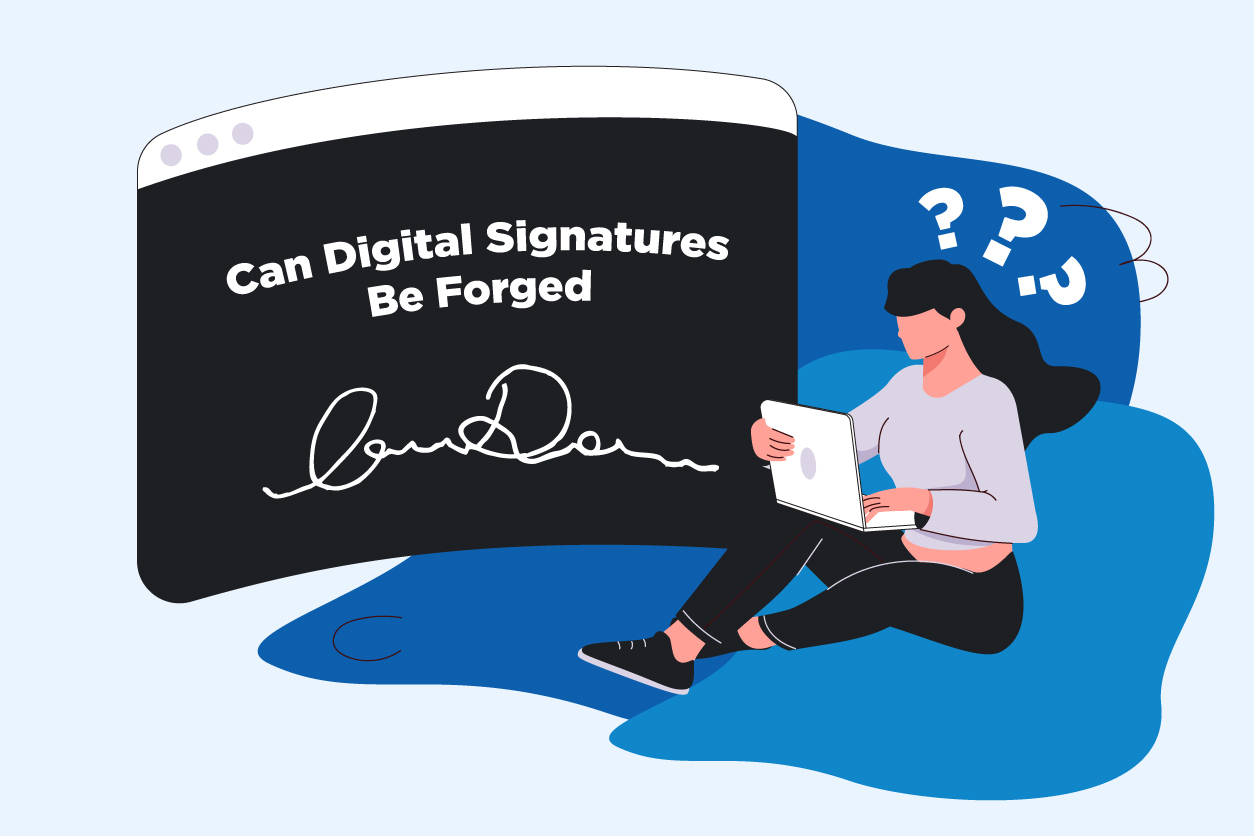Digital signatures play an increasingly pivotal role in our modern, digitized communication landscape. They are heralded not only for their ability to ensure authenticity but also for fostering trust in transactions conducted over the internet. However, the notion that these signatures are infallible is steeped in misunderstanding. This essay aims to untangle the complex web of myths surrounding the forgery of digital signatures and juxtapose them against the stark realities of the technology involved.
The realm of digital signatures is governed by public key infrastructure (PKI), a sophisticated system that relies on cryptographic algorithms to secure and validate data. At its core, a digital signature is created using a signer’s private key, which is securely stored and known only to the individual. When a document is signed with this key, it generates a unique hash—a compressed version of the document that is nearly impossible to replicate. This hash, alongside the digital signature itself, is then sent to the recipient, who can use the signer’s corresponding public key to verify the signature’s legitimacy.
Yet, the myth arises that digital signatures are impervious to forgery. This belief perpetuates a dangerous complacency. In actuality, while the cryptographic methods employed are robust, they are not invulnerable to highly sophisticated attacks. Indeed, the frailty in the chain of trust lies not in the algorithms themselves, but often in the human and procedural factors surrounding their implementation.
One prevalent myth is that digital signatures cannot be tampered with once they are affixed to a document. This assertion overlooks the possibility of what is termed a “man-in-the-middle” attack, wherein a malicious actor intercepts a document, alters it, and then re-signs it with their own digital signature. Such an act highlights the essential need for comprehensive security measures that extend beyond mere reliance on digital signatures.
Another common fallacy is the belief that digital signatures serve as a bulletproof defense against forgery in isolation. While they indeed enhance security, they are most effective when part of a larger suite of cybersecurity measures. Multi-factor authentication (MFA), for instance, can bolster this defense by adding layers of verification that would-be forgers must circumvent. Thus, the synthesis of various security protocols can create a formidable barrier against potential digital signature fraud.
As we delve deeper, it is crucial to consider the technological advances that could further jeopardize the integrity of digital signatures. Quantum computing, a nascent yet rapidly evolving field, poses an existential threat to current cryptographic methods. Many widely used algorithms, such as RSA (Rivest-Shamir-Adleman) and ECDSA (Elliptic Curve Digital Signature Algorithm), could be rendered obsolete in the face of quantum attacks capable of breaking traditional encryption in strikingly short time frames.
The apprehensions surrounding the forgery of digital signatures are exacerbated by the alarming reality of social engineering attacks. In these scenarios, the forger may not even need to manipulate the signature itself; they can simply exploit human trust. For example, if an individual can be persuaded to share their private key, authenticity can be breached with relative ease. This highlights a critical intersection of psychology and technology that deserves equal attention in the discussion about digital signature security.
The historical context also plays a crucial role in understanding the current landscape. When the concept of digital signatures was first introduced, they represented an avant-garde solution to the problem of identity verification in cyberspace. However, as with any emergent technology, educational gaps have surfaced, leading to misconceptions about the security they provide. These misconceptions can translate into a false sense of security, wherein users neglect necessary vigilance and due diligence.
As we dissect these myths, it is vital to address the implications for businesses and individuals alike. The ramifications of believing in the unassailable nature of digital signatures can be severe—spanning financial losses, reputational damage, and legal ramifications. Awareness and education about the realities of digital signature forgery can serve as necessary counterweights to ignorance and complacency.
Efforts to enhance understanding can come through several channels: educational programs, robust policy-making, and proactive discourse within the cybersecurity community. By fostering awareness, stakeholders can cultivate an environment where vigilance becomes a norm rather than an afterthought. Moreover, organizations should implement continual training programs that inform employees about the latest threats and best practices for safeguarding digital signatures.
In conclusion, the conversation surrounding digital signatures requires not only a dispelling of myths but also an embrace of reality and nuance. While robust in their cryptographic underpinning, digital signatures are not panaceas. The concerted efforts of all parties involved—from technology creators to end-users—are essential in ensuring that the promises of security technology are not undermined by misunderstandings. By cultivating a culture of awareness and multi-layered safeguards, the digital landscape can evolve into a more secure domain—one where digital signatures can coexist with a vigilant approach toward authenticity and trust.








Leave a Comment